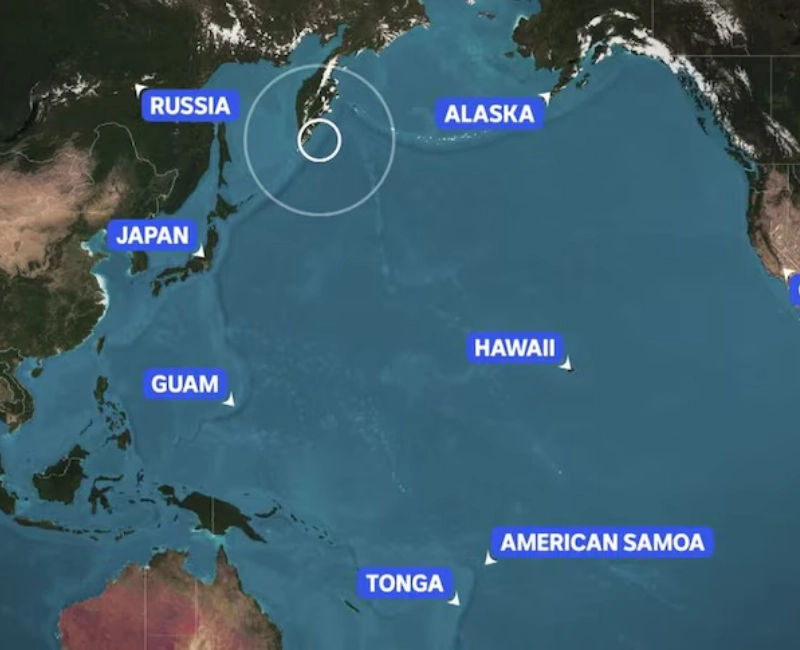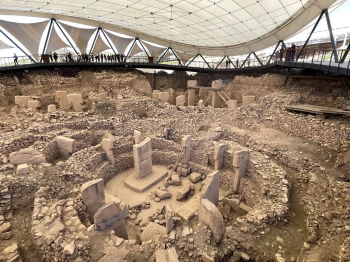Massive 8.8 Magnitude Earthquake Off Russia Triggers Pacific-Wide Tsunami Alerts
What happens when an earthquake of colossal magnitude strikes beneath the ocean? Why do such seismic events trigger tsunami warnings across entire ocean basins? How do coastal communities prepare for the potential devastation? These questions became alarmingly relevant when a massive 8.8 magnitude earthquake struck off the coast of Russia, sending shockwaves through the Pacific and prompting urgent tsunami alerts.
The Seismic Event: Understanding the Earthquake
The earthquake, which occurred near the Kuril Islands in Russia's Far East, was recorded at a staggering depth of approximately 10 kilometers beneath the ocean floor. Earthquakes of this magnitude are rare but immensely powerful, capable of displacing vast volumes of water and generating destructive tsunamis. The Pacific Tsunami Warning Center (PTWC) immediately issued alerts for regions as far as Hawaii, Japan, and the western coasts of North and South America.
For context, the 2011 Tohoku earthquake in Japan, which triggered a catastrophic tsunami and the Fukushima nuclear disaster, was a 9.0 magnitude event. While slightly less powerful, the recent Russian quake still posed a significant threat due to its location and depth.
Tsunami Warnings: How the Pacific Responded
Tsunami warnings are not issued lightly. They rely on a network of seismic sensors, ocean buoys, and satellite data to predict wave propagation. In this case, the PTWC's models suggested that the earthquake had the potential to generate tsunami waves exceeding 1 meter in height, enough to cause flooding and damage in vulnerable coastal areas.
Countries like Japan, which has advanced early warning systems, began evacuating coastal residents within minutes. Hawaii, though thousands of miles away, activated its emergency protocols, showcasing the interconnected nature of global disaster response systems.
The Science Behind Earthquakes and Tsunamis
Earthquakes occur when tectonic plates—massive slabs of the Earth's crust—shift or collide. Underwater earthquakes, like this one, can displace water vertically, creating waves that radiate outward. The deeper the quake, the less likely it is to generate a tsunami, but this event's relatively shallow depth raised concerns.
A real-world example is the 2004 Indian Ocean tsunami, caused by a 9.1 magnitude earthquake off Sumatra. It devastated coastlines in 14 countries, highlighting the importance of early warning systems and public preparedness.
Preparedness and Mitigation: Lessons Learned
Coastal communities have learned hard lessons from past tsunamis. Japan, for instance, has built seawalls and conducts regular drills. In Hawaii, sirens and mobile alerts ensure rapid dissemination of warnings. However, not all regions are equally equipped. The recent event underscored the need for global cooperation in disaster preparedness.
Practical applications include community education programs and investments in infrastructure like tsunami shelters. For example, after the 2004 disaster, Indonesia implemented a nationwide tsunami early warning system.
The Role of Technology in Disaster Response
Modern technology plays a pivotal role in mitigating tsunami risks. The DART (Deep-Ocean Assessment and Reporting of Tsunamis) system, for instance, uses buoys to detect pressure changes in the ocean, providing real-time data to warning centers. Satellite imagery and AI-powered models also enhance prediction accuracy.
During the Russian earthquake, social media platforms like Twitter became critical for disseminating alerts, demonstrating how technology bridges gaps in official communication channels.
Conclusion: A Wake-Up Call for the Pacific Rim
While the recent earthquake did not result in a catastrophic tsunami, it served as a stark reminder of the Pacific Rim's vulnerability. The event highlighted the importance of early warning systems, community preparedness, and international collaboration. As climate change potentially influences seismic activity, the lessons from this near-miss will be invaluable for future disaster planning.






